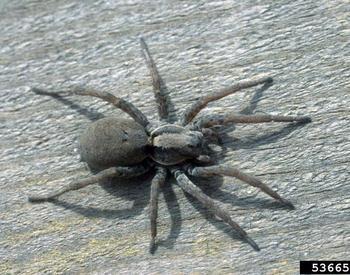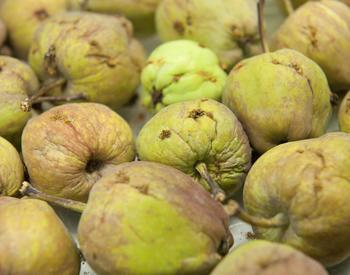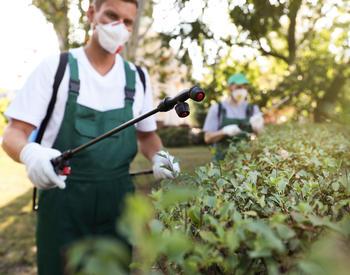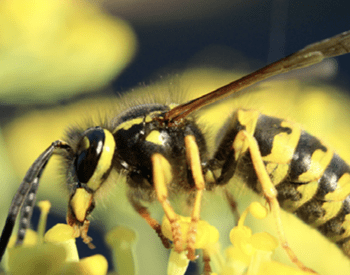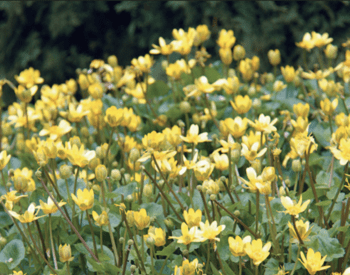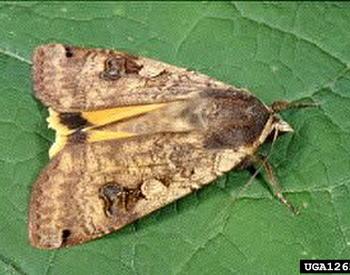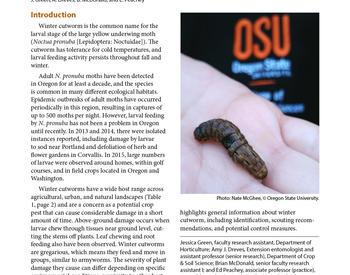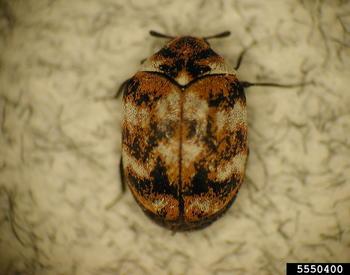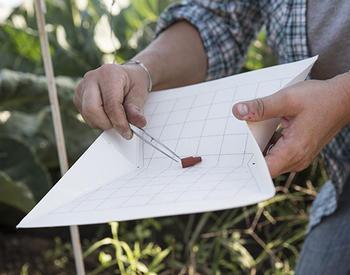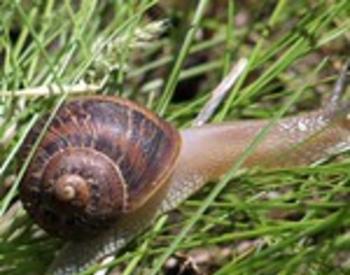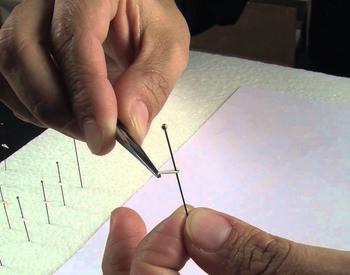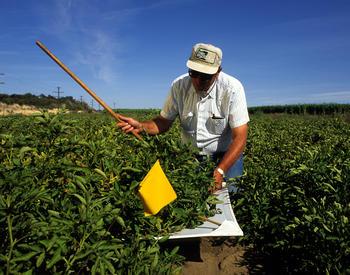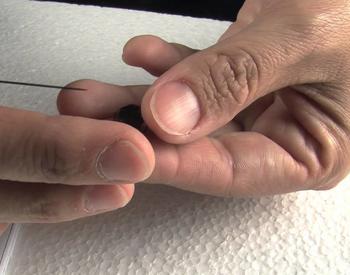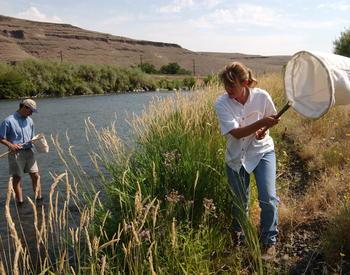Transcript
Monitoring for fine mealybugs is crucial as they are phloem feeders whose activity weakens vines, reduces yield, causes defoliation, and promotes the growth of mold. They also transmit viruses, particularly grapevine lethal associated viruses. Watch this video to improve your understanding of the vine mealybug lifecycle and develop skills to monitor for fine mealybugs in the vineyard, as well as identify common biological control organisms.
Multiple mealybug species are found in California vineyards. For details, see "Mealybugs in California Vineyards." The vine mealybug lifecycle begins with female mealybugs laying eggs in a waxy sack. Egg-laying females can often be found in groups under the bark of the trunk or cordon. The eggs hatch, and the first nymph stage is often called a crawler because it moves quickly. Adults are usually stationary but can sometimes be seen moving. Fine mealybugs have three immature stages referred to as the first, second, and third instar nymphs. Nymphs look similar regardless of their instar stage, being oval-shaped and covered in white wax. The difference between instars is size, as nymphs grow larger as they age. In order to grow between stages, immature mealybugs shed their exoskeletons, often leaving these cast skins under the bark. The male is the only stage that has wings, although they are not commonly seen in vineyards, they can be captured in pheromone-baited traps. Male pupa cases may also be seen on leaves.
When scouting for vine mealybugs, look for wet spots on the trunk or cordon. These wet spots are mealybug excrement, known as honeydew, which may also be found on berries. Copious amounts of honeydew can soil clusters and leaves, rendering the fruit unharvestable, particularly in table grape vineyards. The honeydew is a food source for Argentine ants; therefore, swarming or trailing ants on the trunk or ground are also indicators of vine mealybugs. Native ant species form in lower numbers but also feed on honeydew. Mold grows on the honeydew, leaving a black residue on the berries, leaves, and bark.
Mealybugs are often found under the bark and can also be in clusters, particularly those in contact with woody tissue. Fine mealybugs can also be found on leaves, so search basal leaves first, searching along the veins.
Biological control of vine mealybugs includes Anagyrus wasps, which attack vine mealybugs. The female wasp searches for a suitable vine mealybug host, finds one, and lays her egg inside a mealybug. As the wasp larva develops, it consumes the vine mealybug innards, leaving the vine mealybug exoskeleton with the wasp pupa inside, referred to as a mummy. To leave its pupa case, the adult wasp chews a hole in the exoskeleton, which becomes an empty mummy once the wasp vacates. Empty mummies may remain on the vine for some time, so they are a good indicator of parasitism. Several species of beetles also feed on mealybugs, commonly called mealybug destroyers, they are voracious predators. Beetle larvae can sometimes be confused with mealybugs because of their waxy hairs; however, this allows them to escape detection by ants. Predacious flies and lacewing larvae also feed on mealybugs. Toxic baits that reduce Argentine ant activity can help control fine mealybugs. For more details, see our published study and videos.
This video by University of California Cooperative Extension, Napa, provides information on monitoring vineyards for vine mealybug.

